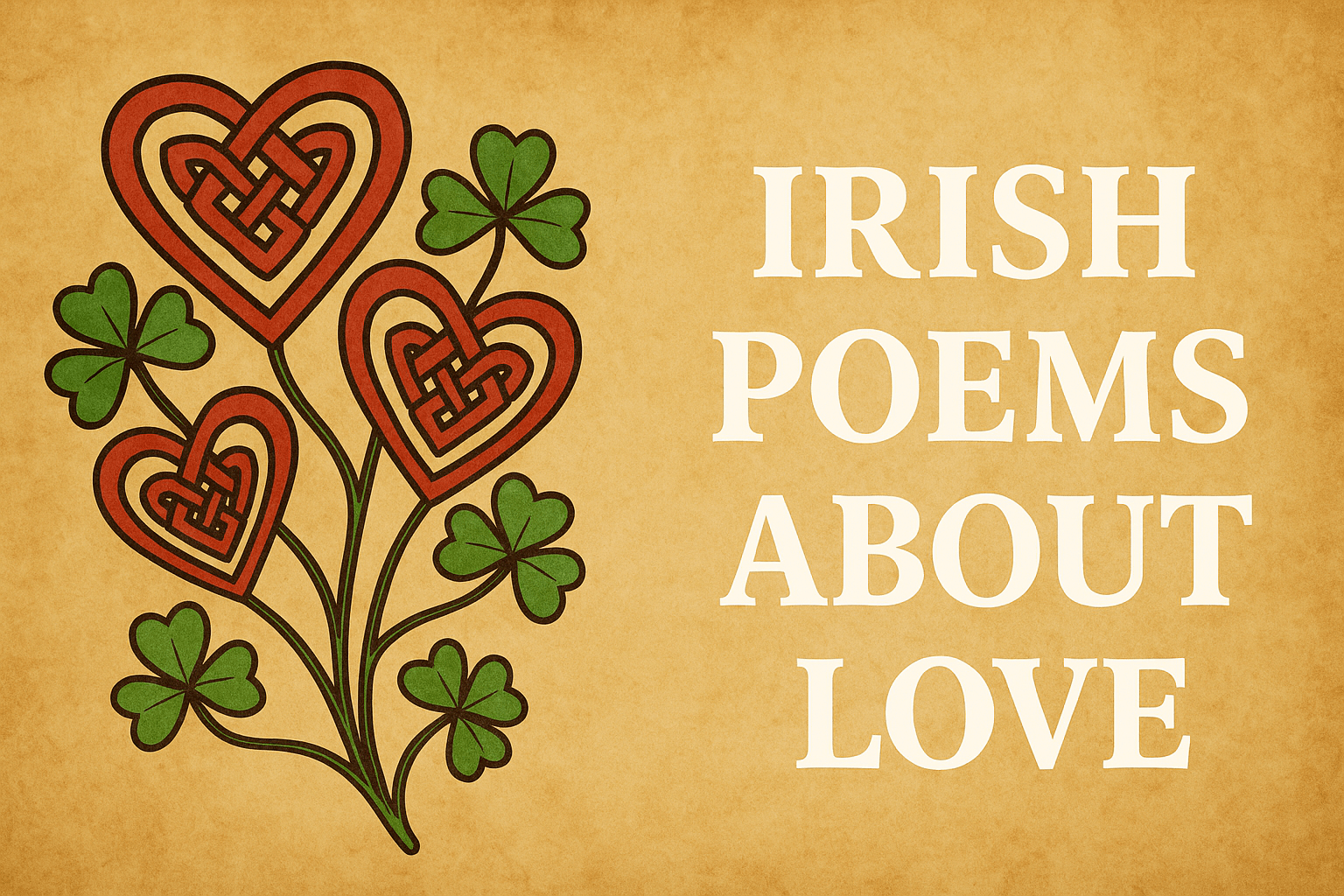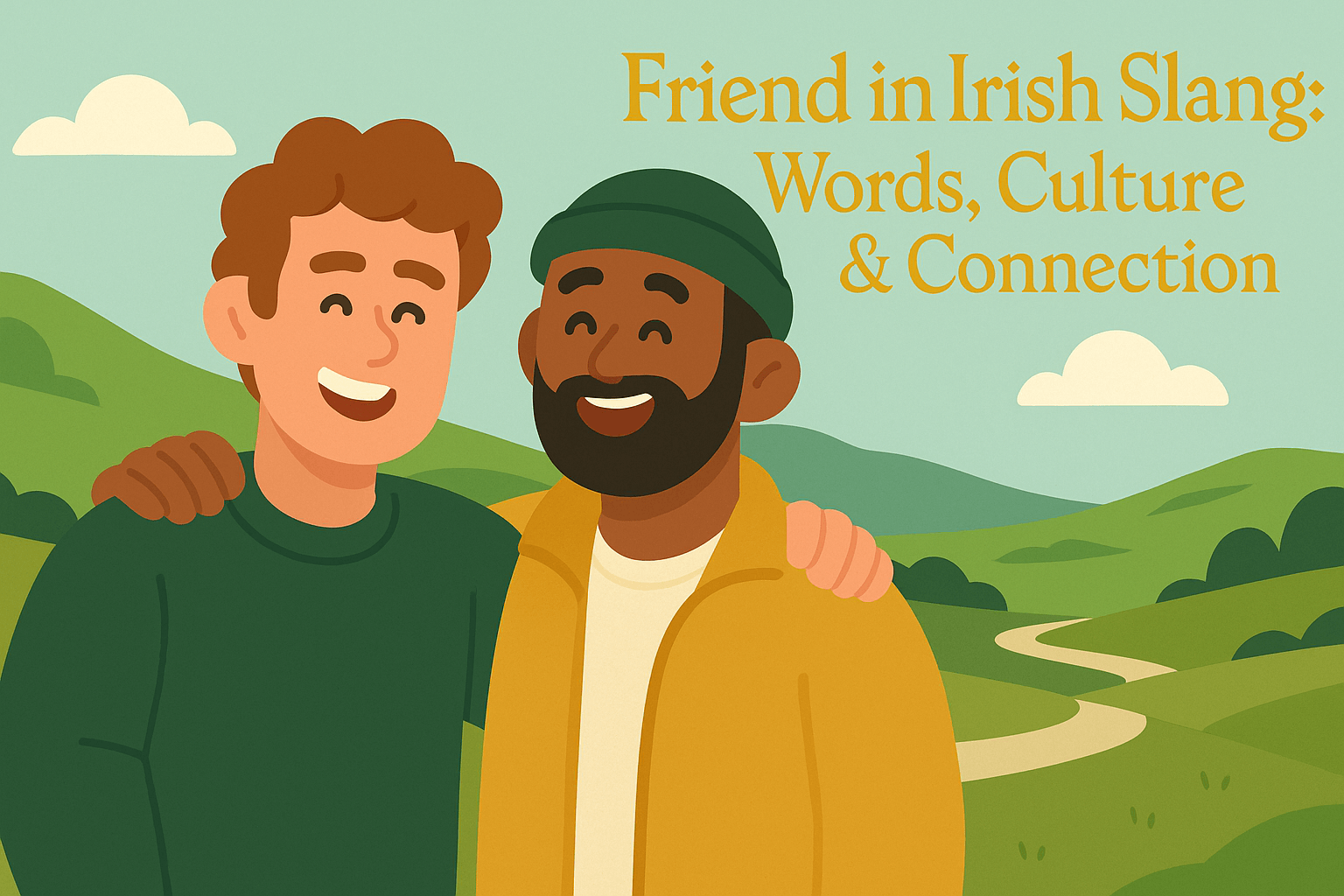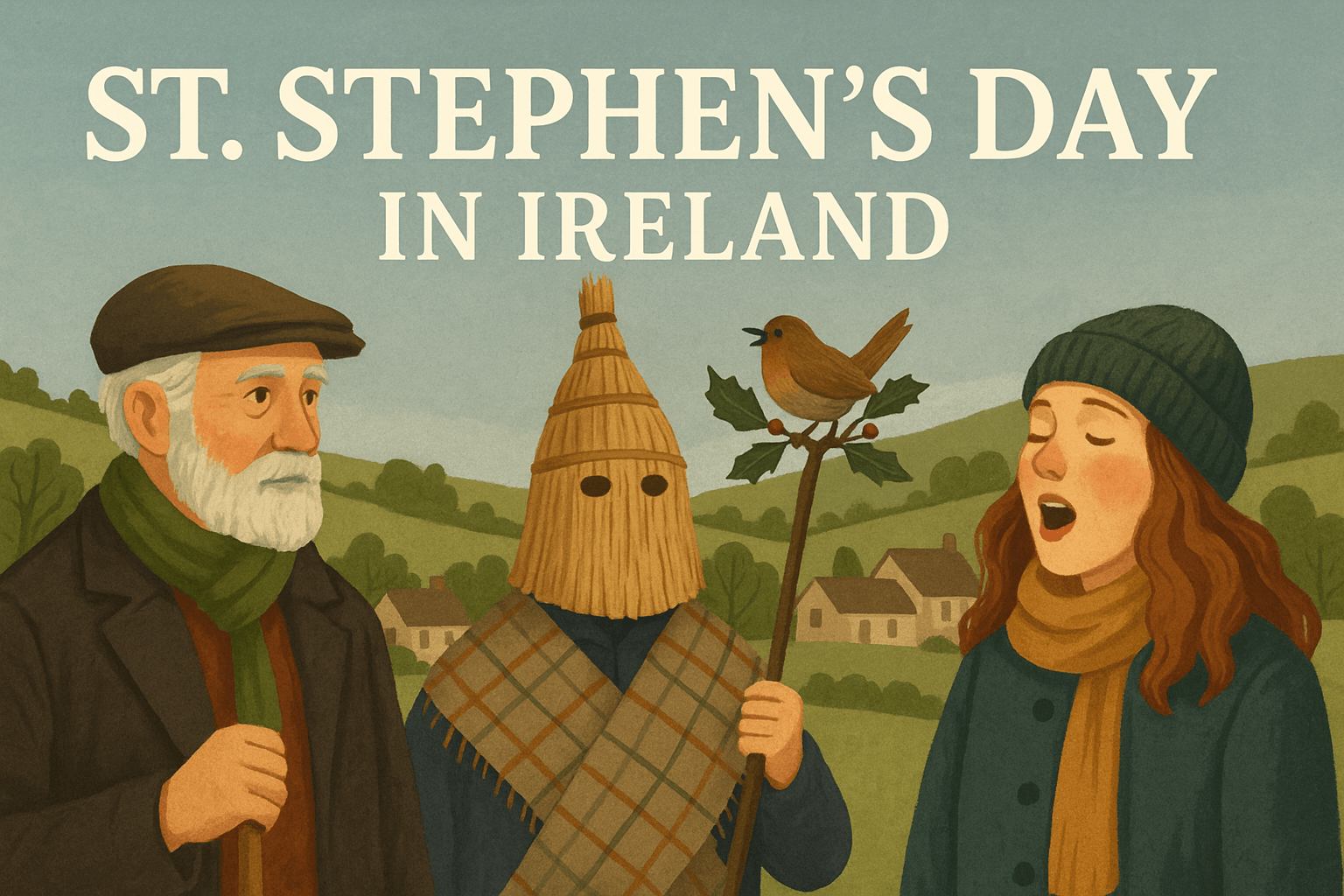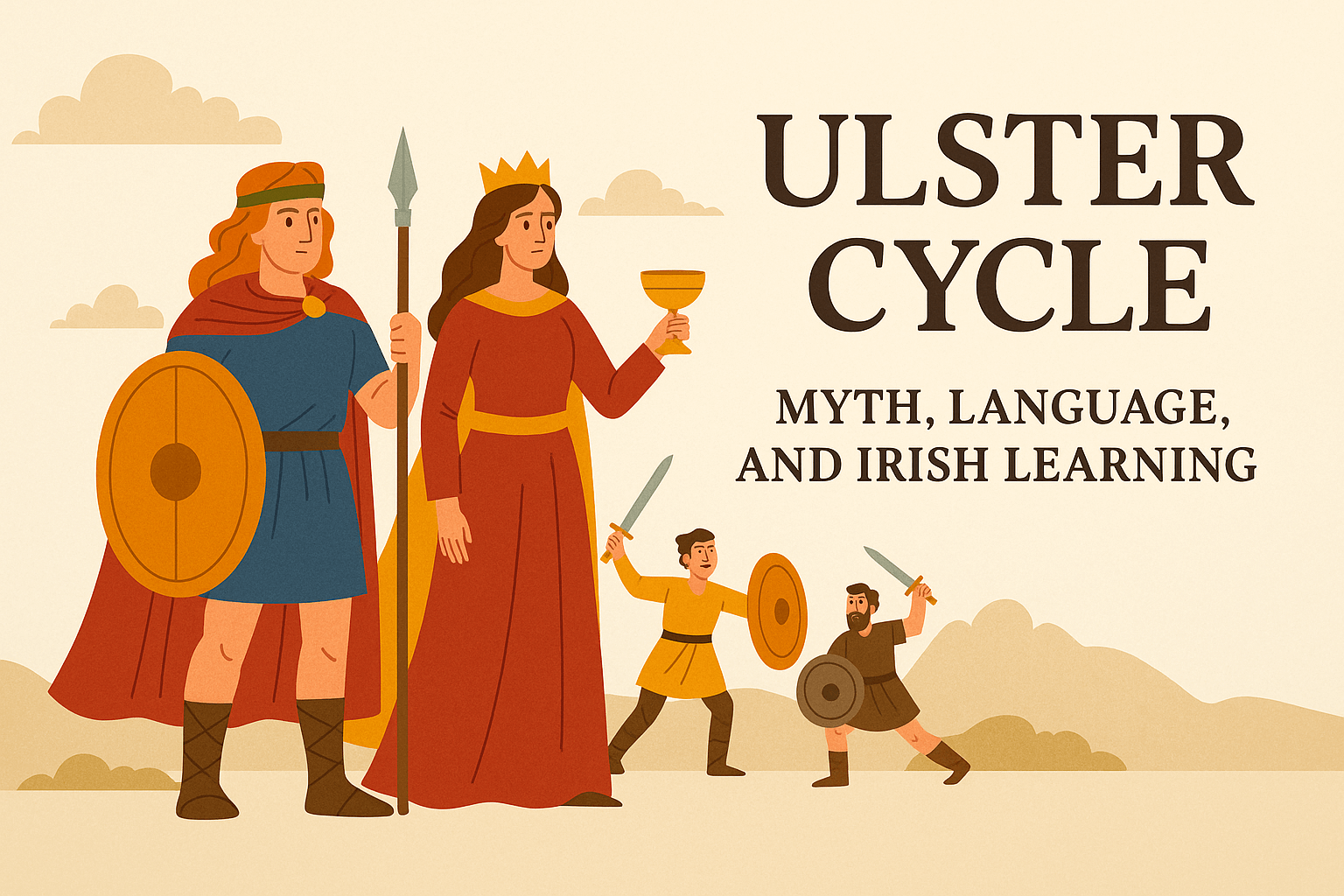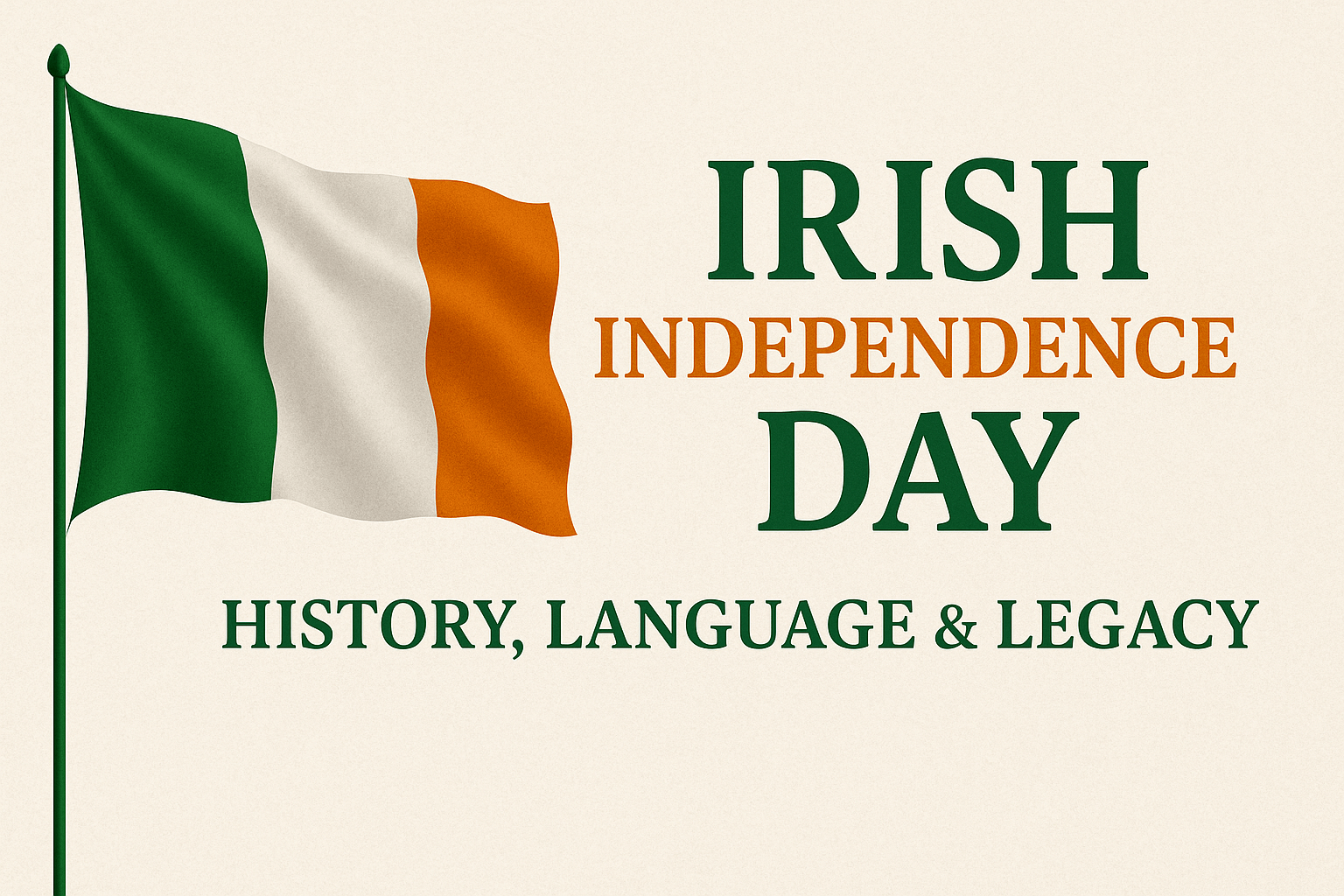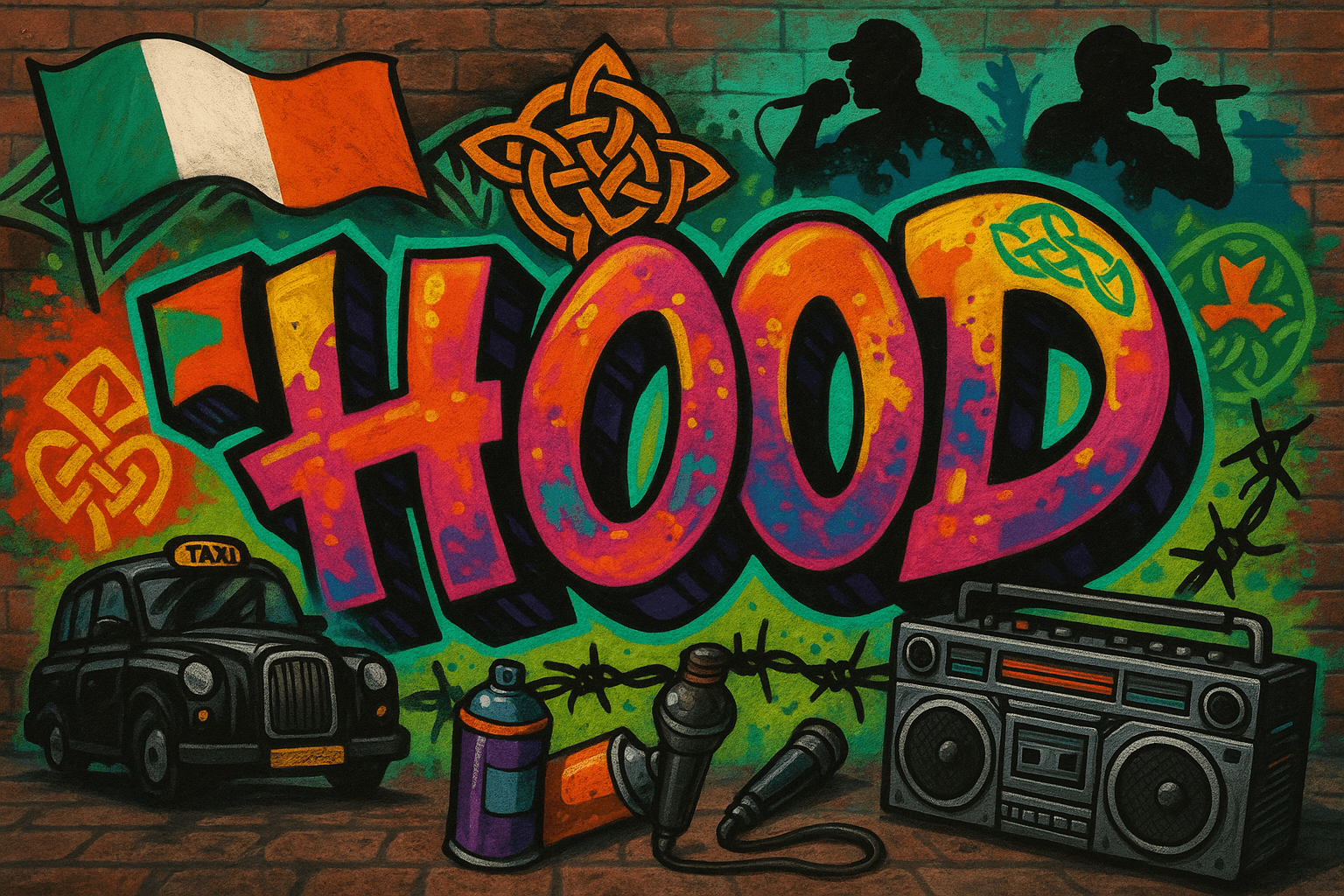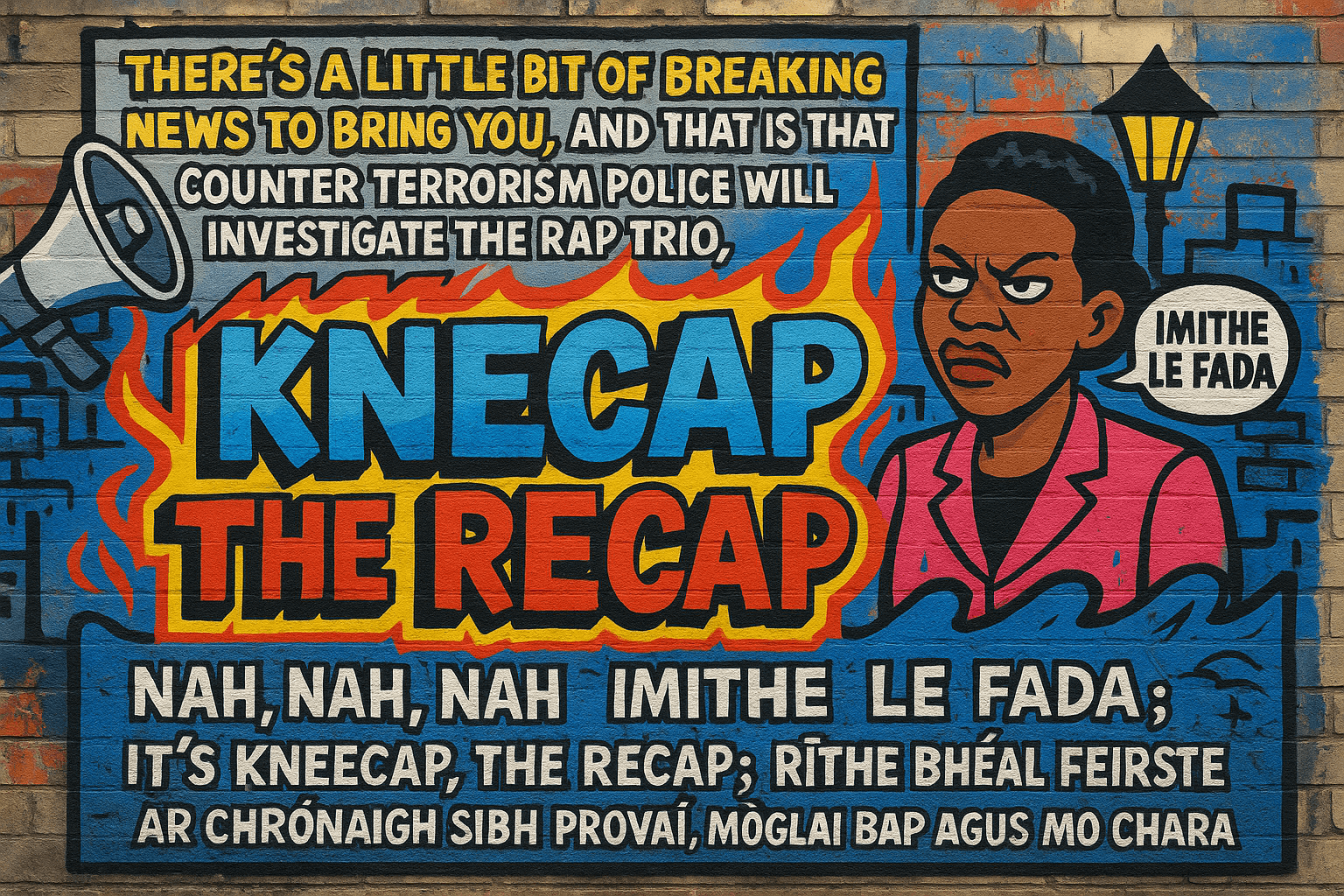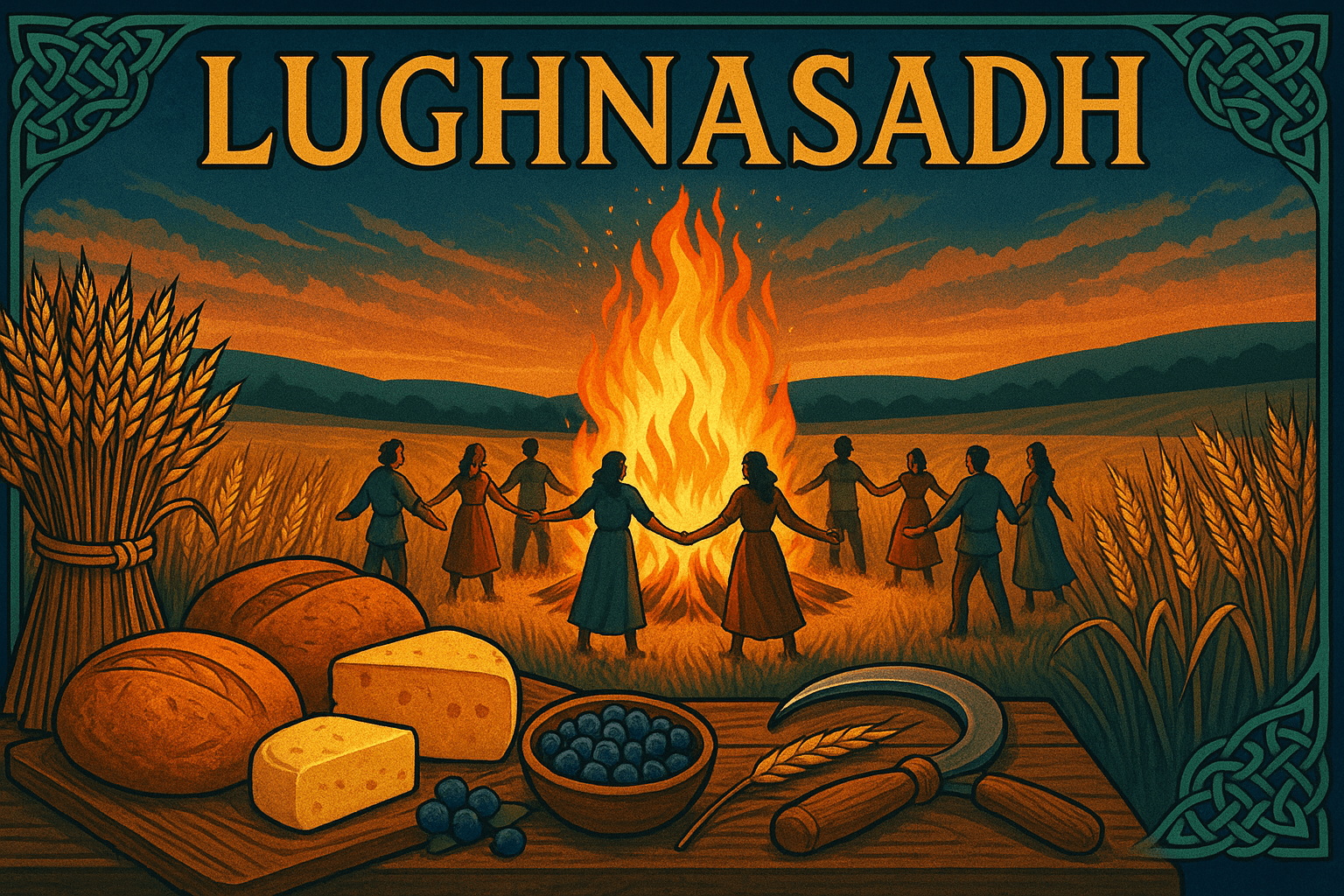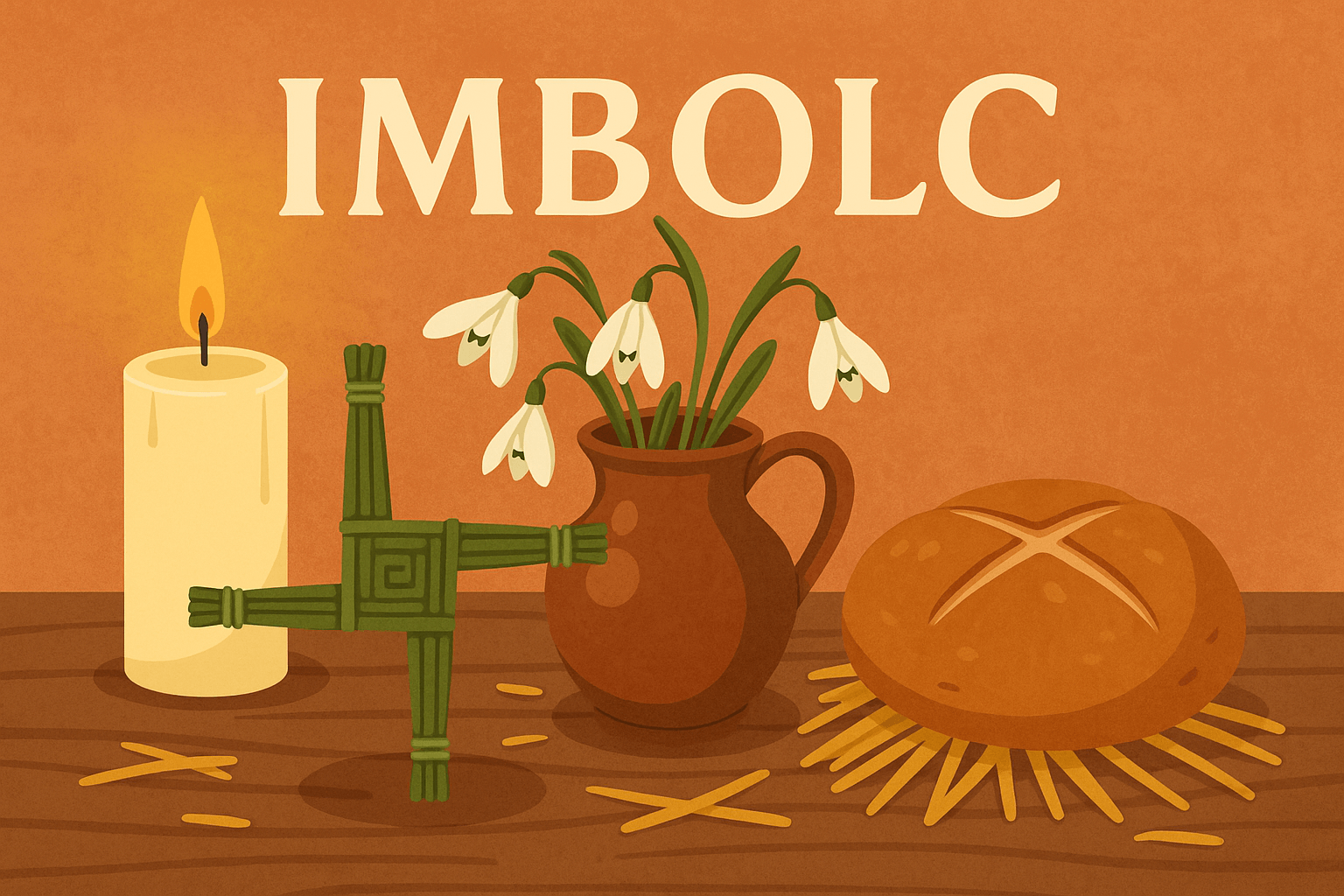When we think about romance in poetry, names like Shakespeare or Rumi might come to mind. But Ireland has a poetic tradition just as rich, filled with tenderness, longing, and lyrical beauty. Irish poems about love capture not only the emotions of the heart but also the rhythm of the Irish language itself. From medieval verses sung in Gaelic to modern works inspired by heritage, these poems tell stories of passion, devotion, and sometimes heartbreak.
For learners of Irish, exploring these poems is more than literary study—it’s a way to connect with history and practice the musicality of Gaeilge. Love poetry provides both cultural insight and linguistic inspiration.
Why Love Poetry Matters in Irish Tradition
Love has always been central to Irish verse, whether in the early bardic schools, folk ballads, or contemporary poetry. In Ireland, poetry wasn’t just an art form—it was a living expression of identity and memory.
- Bardic Poetry (12th–17th centuries): Court poets composed intricate verses about honor, loyalty, and love, often using Irish as the medium.
- Folk Songs and Ballads: Many traditional songs, passed down orally, center on love—sometimes joyful, sometimes tragic.
- Modern Poets: Writers like W.B. Yeats, Seamus Heaney, and Nuala Ní Dhomhnaill carry forward the theme of love with fresh interpretations.
These works remind us that grá (love) has always been a defining part of Ireland’s literary voice.
Themes in Irish Love Poetry
Irish poems about love often weave together several recurring themes:
- Longing Across Distance – Many poems reflect separation caused by emigration, war, or social divides.
- Nature as Metaphor – Landscapes, rivers, and seasons are used to express emotional states.
- Spiritual Love – Romantic love is often interlaced with faith or mythological references.
- Unspoken Desire – Subtlety and suggestion often replace direct expression, reflecting cultural nuances.
The Irish language itself lends a poetic rhythm to these themes. For example, words like mo chroí (“my heart”) and a stór (“my treasure”) appear frequently in verse and song. If you’d like to explore affectionate terms, check out our Irish Gaelic Terms of Endearment guide.
Famous Irish Poems About Love
While there are countless verses to choose from, here are a few highlights that stand out in Ireland’s love poetry tradition:
1. “Róisín Dubh” (Dark Rosaleen)
A political allegory disguised as a love poem, this 16th-century work describes devotion to Ireland as if it were devotion to a beloved woman. It blends patriotism with longing, showing how love poetry could serve multiple purposes.
2. “The Song of Wandering Aengus” – W.B. Yeats
This poem follows the mythological figure Aengus as he searches for a mysterious girl he saw in a dream. It’s both a love poem and a meditation on longing and destiny.
3. “Mise Éire” – Pádraic Pearse
Though not a traditional love poem, this piece personifies Ireland as a mother, evoking deep emotional attachment and sacrifice.
4. Contemporary Poetry
Modern poets like Eavan Boland often explore love in personal and domestic settings, bridging traditional imagery with modern life.
The Irish Language of Love
Irish expressions of love are striking for their warmth and imagery. Here are a few examples that often appear in poetry:
- Mo ghrá thú – You are my love.
- A chroí – My heart.
- Mo mhuirnín – My darling or beloved.
- Grá síoraí – Eternal love.
Learning these phrases deepens your appreciation of love poems in Irish. To expand your romantic vocabulary, you might also enjoy our guide on How to Say “I Love You” in Irish.
Irish Love Poetry and Mythology
Many Irish poems about love draw on mythological figures. For example:
- Deirdre of the Sorrows: One of the most tragic love stories in Irish myth, often retold in verse.
- Cú Chulainn and Emer: A legendary warrior and his beloved, symbolizing passion and loyalty.
- The Tuatha Dé Danann: Gods and goddesses whose romances influenced folklore and poetic imagery.
Love in Irish poetry is rarely just personal—it often connects to myth, history, and identity.
Why Love Poetry Helps Language Learners
Reading Irish poems about love isn’t only for literature fans—it’s a fantastic tool for language learners. Here’s why:
- Emotional Vocabulary: Love poems are filled with expressive words and phrases.
- Cultural Context: They reveal how Irish culture views affection, loyalty, and passion.
- Memorable Learning: Poetry’s rhythm and rhyme make it easier to remember new words.
- Pronunciation Practice: Reading poems aloud helps with the musical flow of Irish.
If you’re starting your Irish journey, pairing poetry with resources like our Basic Irish Conversation Guide makes learning more dynamic.
Connecting Poetry and Festivals
Irish poems about love are often tied to festivals and seasonal cycles. For example:
- At Bealtaine, poems celebrating fertility and romance were common.
- Seasonal imagery—spring blossoms, summer fields, autumn harvests—often symbolize different stages of love.
This seasonal connection reflects Ireland’s close bond between land, life, and language.
Love Poetry in Global Irish Communities
Irish emigrants carried love poems and songs across the world—to the United States, Argentina, and beyond. For many, singing or reciting Irish poems was a way of keeping home close. Even today, Irish diaspora communities use poetry to connect with their heritage.
This global reach shows that the language of love is universal, but Irish poetry gives it a unique voice.
Final Thoughts
Irish poems about love are more than just romantic verses—they are windows into Ireland’s soul. From medieval laments to modern reflections, these poems express the depth of human affection in ways that remain timeless.
For learners of Irish, engaging with poetry provides not only linguistic practice but also cultural enrichment. Every phrase of love in Gaeilge carries centuries of history and meaning.
So why not take a step into Ireland’s poetic heart? Learn a phrase, read a verse aloud, or even try writing your own poem in Irish.
👉 You can start your Irish learning journey with Gaeilgeoir AI and discover how the language of love sounds in your own voice.
